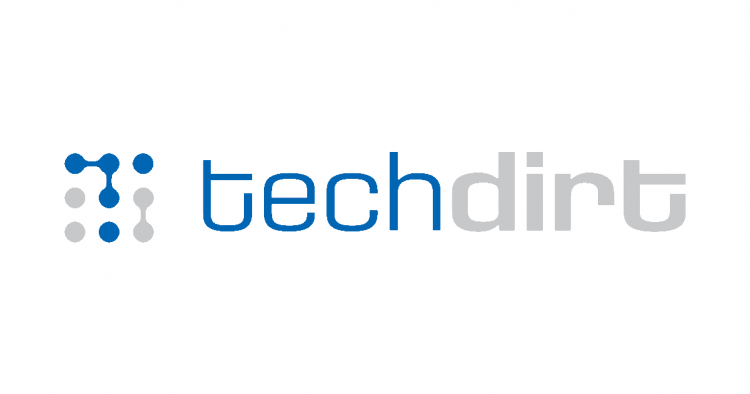from the being-human dept
Over these many years, we’ve talked about a myriad of ways in which people and companies can respond to copyright infringement. The common reaction, and probably the one most natural, is for those copyright holders to absolutely freak out, scream about lost sales and “teh pirates!!1!”, and then turn to their lawyers. Others take a more nuanced approach. Some video game companies mess with pirates by making pirated games unplayable or annoying. Others look at piracy as a market force that illuminates where potential customers are under-served. And still others try to actively engage with those doing the infringing in the hopes of being seen as humans, building up a connection, and trying to convert them into paying customers.
Dreamstime, a stock photo agency, is an example of the last type of strategy. Like other photo agencies of the kind, Dreamstime has a program that crawls the internet for unlicensed uses of its photos. Unlike other agencies, however, the company has a relatively benign response to those infringing uses in most cases.
The Tennesse-based stock website launched a new infringement tracking tool, dubbed LicenseGuard, earlier this year. But rather than demanding thousands of dollars, it will offer a softer resolution. If the offender has only infringed once and it is a genuine mistake, then they can simply remove the image. Dreamstime will offer a “special version” of its regular image license that covers post-usage permission. The company will try to bring the infringers on as clients as well as providing education about best practices.
The reason for this approach, according to Dreamstime, is that most of the infringements it sees are accidental. Examples can include people who purchased themes that used stock images, individuals who don’t understand copyright law, and those that did not understand the license.
Now, in subsequent statements, Dreamstime has been very clear that it absolutely will go the legal route for repeat infringers and those that simply ignore its softer method for reaching out. But as far as middle grounds go, it’s not terrible. First, treat the infringers as though they’re human beings rather than piracy demons, show some understanding that copyright law is so counter-intuitive and pretzeled at this point that honest mistakes happen, and try to convert them into paying customers. Then, for those that truly are just out to infringe, go legal. Again, not necessarily perfect, but understandable.
And the important bit is that Dreamstime is looking at this as a way to bring in more customers, rather than being litigious assbags that piss everyone off.
The company sees these publishers as ideal long-term customers and believes that the current approach, taken by some stock agencies, is adversarial and scares people away from the industry.
100 percent true. And perhaps, just by being a little more human than the Getty’s of the world, a little honey will catch more flies than the vinegar.
Filed Under: copyright, enforcement, stock photos
Companies: dreamstime
Source by www.techdirt.com






























